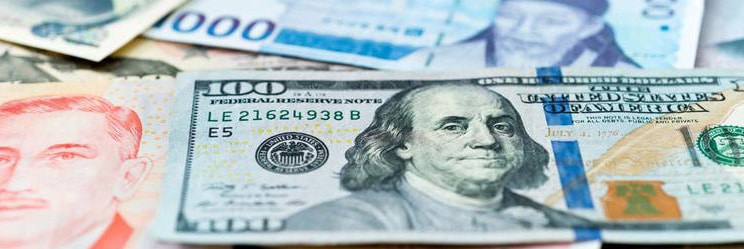
The concept of money underpins our global economy, but quantifying the total amount in existence is surprisingly complex. Unlike a finite resource like gold, money is constantly created, destroyed, and takes various forms. So, how much money is truly “out there”? Buckle up, because the answer ventures into the realm of estimates and vast numbers.

Defining Money: A Spectrum of Value
The first hurdle is defining what constitutes “money.” Traditionally, physical cash (coins and bills) was the most common form. Today, we navigate a broader financial landscape that includes:
- Demand Deposits: The money readily available in checking accounts, accessible through debit cards and ATM withdrawals.
- Savings Deposits: Funds stored in accounts that accrue interest but are less immediately accessible than checking accounts.
- Electronic Money: Digital representations of currency used for online transactions and mobile wallets.
- Financial Instruments: Stocks, bonds, and other investments that hold a market value that can be converted to cash.
- Cryptocurrencies: Digital assets that operate outside traditional banking systems, with value determined by supply and demand.
Each category contributes to the total value, but their level of liquidity (ease of converting them to cash) varies. Cash remains the most liquid form, while assets like stocks might take time to sell and convert.
Estimating the Money Supply:
Central banks and financial institutions around the world track various metrics to understand the money supply. Here are some key terms:
- M0: The narrowest definition, encompassing only physical currency in circulation (coins and bills).
- M1: M0 plus demand deposits, representing the most liquid forms of money.
- M2: M1 plus savings deposits and money market accounts, offering a broader view of readily available cash.
- Broad Money: Definitions can vary, but often include less liquid assets like bonds and certificates of deposit.
Global Estimates: A Vast and Shifting Landscape
International organizations like the International Monetary Fund (IMF) and the World Bank attempt to estimate the global money supply. Due to the complexities mentioned above, these estimates primarily focus on M2 and broader money definitions. Figures range in the tens of quadrillions (that’s 15 zeros!) of US dollars.
Challenges in Calculating a Precise Figure:
Several factors make a definitive answer elusive:
- Informal Economies: Transactions happening outside the formal banking system, prevalent in many parts of the world, are difficult to quantify.
- Currency Fluctuations: With exchange rates constantly changing, converting all currencies to a single benchmark like the US dollar adds complexity.
- Debt and Derivatives: The financial system relies heavily on debt instruments and derivatives, creating additional layers of value that are not directly equivalent to traditional money.
The Bottom Line: A World of Wealth, Unevenly Distributed
While a single, definitive answer to “how much money is there?” might remain elusive, the vastness of the global money supply is undeniable. This immense pool of wealth, however, is far from evenly distributed. Economic disparity between nations and individuals persists as a major challenge.
Looking Beyond the Numbers:
The true value of money lies in its ability to facilitate trade, investment, and economic growth. Understanding the complexities of the global money supply is crucial for policymakers and economists to make informed decisions.
The concept of money also holds social and cultural significance, shaping how societies value goods, services, and human labor. As financial systems continue to evolve, how we define, measure, and utilize money will undoubtedly continue to transform.
How Much Physical Cash Is In The World?
Quantifying the exact amount of physical cash in the world is tricky, but here’s what we do know:
- Estimates range from $5 trillion to $8 trillion USD. This is a significant sum, but compared to broader money supply figures (which include digital money, investments etc.), it’s a smaller portion.
- Central Banks track M0: This metric, the narrowest definition of money supply, represents only physical currency in circulation (coins and bills). It’s the most reliable indicator of physical cash, but even this figure isn’t perfect.
- Challenges in precise calculation: Here’s why getting a definitive number is difficult:
- Destroyed or lost cash: Worn-out bills or those lost and never recovered aren’t reflected in circulation figures.
- Cash outside banks: Money stashed under mattresses or hidden elsewhere isn’t tracked by central banks.
- Foreign currency abroad: A significant amount of US dollars, for example, circulate outside the US.
Resources for further exploration:
- Federal Reserve Bank: The US Federal Reserve tracks M0 data for the US, offering insights into the amount of physical currency in circulation within the country. You can find this data on their website: https://www.federalreserve.gov/
- Bank of International Settlements: This international organization provides research and statistics on global financial markets. While they don’t offer a single figure for global physical cash, their reports can shed light on broader trends in money supply. You can find their website here: https://www.bis.org/
Remember: The estimates of $5-8 trillion are the best available, but the true figure for physical cash in circulation likely falls somewhere within this range.
More Information:
*Which Properties are the Most Expensive?
*Read more about Exchange Rates.
